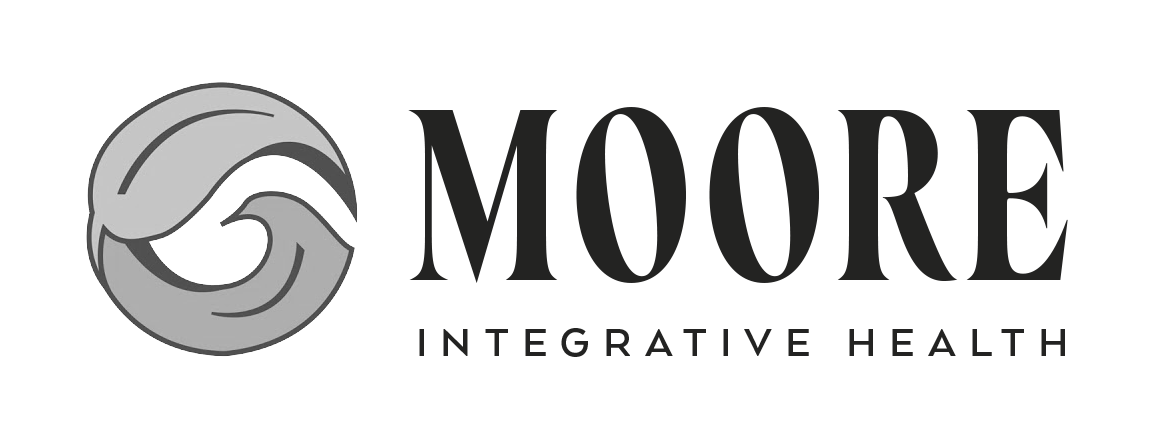Using Whole Foods to Balance Blood Sugar, and Why this is so Important For Your Health
So let’s start with a conversation about whole foods, what that really means and why this buzz word is important. Whole food is real food, food in its unaltered form, food produced from the earth in a form that our bodies know how to process. A good hint is: A whole food has only one ingredient.
Whole Foods, such as vegetables, fruits, nuts, seeds, pasture raised meats, legumes and whole grains come packed with various nutrients that our bodies - particularly our brains - 100% need in order to function optimally. Our cell membranes are made from fats, our neurotransmitters are produced from amino acids (building blocks of protein) coupled with vitamin and mineral cofactors. To add more to the story, Whole Foods have rich phytonutrients that are what the plant uses to defend itself in its environment. When consumed, these constituents help OUR cells to protect themselves from oxidative stress - or stress in our environment.
Processed foods, such as breads, chips, crackers, pizza, most pastas, white rice, candy, etc are stripped of most of these nutrients. So, if your diet consists of primarily processed foods - what is your brain going to use to produce neurotransmitters? What are your cells going to use to protect themselves from damage? When getting down to the bottom of most of our country’s chronic disease and mental health disorders, it is imperative to start with a focus on a Whole Foods based diet. Try it for a month, your cells will thank you, your brain will thank you, and soon enough you’ll start thanking yourself.
Did you know that hypoglycemia can manifest as symptoms of intense anxiety and panic? Poor blood sugar handling by the body can make you feel like you’re constantly fighting an uphill battle. Which leads me to our second important topic on eating to support optimal health, both mental and physical. Effectively managing your blood sugar is a crucial foundational aspect to any treatment regimen. Eating unbalanced meals full of processed and refined carbohydrates spikes blood sugar and can lead to insulin resistance, followed by hypoglycemia and a rollercoaster of emotions throughout the day
So what does a balanced meal look like? Half your plate should be full of non-starchy vegetables or fruits. This provides the necessary fiber and nutrients to slow down the uptake of glucose into your blood stream. Complex carbohydrates such as a sweet potato, fruit, or whole grains (buckwheat, quinoa) are also long lasting sources of fuel that don’t hit the blood stream as quickly. Coupled with some healthy protein and fats, such as wild caught fish, olive oil, coconut oil, etc makes for a truly balanced and nourishing meal. Think of it as putting logs in the fire, versus the twigs of refined sugars and flours.
Each meal or snack should be balanced with complex (not refined) carbohydrates, healthy fats and protein. I recommend eating breakfast within 30 minutes of waking up, eating lunch between noon and 1:30, and dinner around 6:30 or 7. Two snacks in between meals could consist of a granny smith apple with some nut butter, or veggies and some hummus. If you tend to wake up in the middle of the night, it could be due to a cortisol burst from low blood sugar, meaning you didn’t get enough complex carbohydrates into your blood stream before bed. Try a small snack before bed and see if that helps. I like dark frozen cherries mixed with some walnuts - cherries are a natural source of melatonin and walnuts add some protein and fat to slow absorption of the glucose from the cherries.
Try the brain boosting smoothie recipe provided in our recipes section for a quick and easy breakfast to set your blood sugar up for success for the day!

